Vinyl vs Fiber Cement Siding Systems: Weighing Pros and Cons
Vinyl siding is a popular, affordable choice for homeowners due to its durability (with proper insta…….
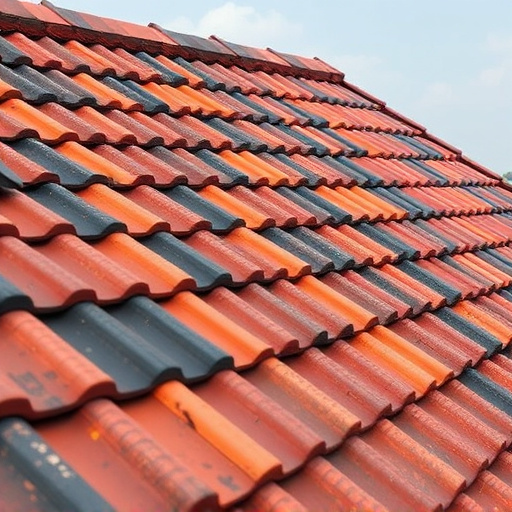
Vinyl siding is a popular, affordable choice for homeowners due to its durability (with proper insta…….
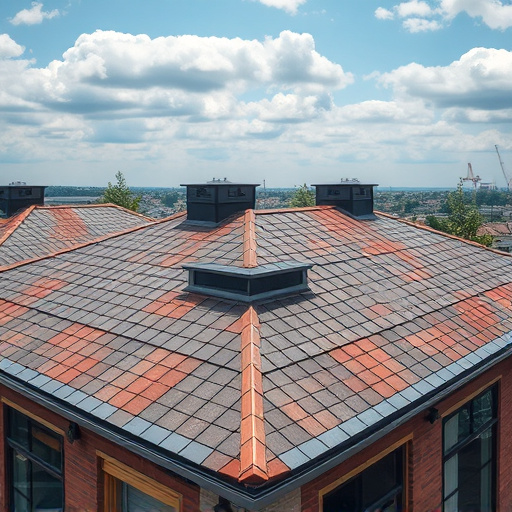
Energy efficiency is key for year-round comfort and cost savings. The exterior, including insulation…….
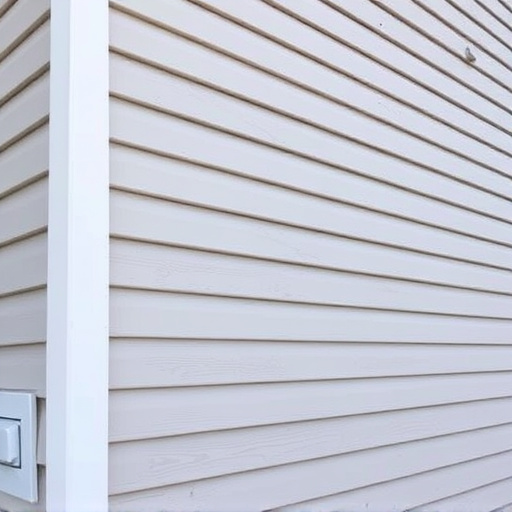
To find top siding experts, research online directories, review sites, and local business associatio…….

Comprehensive digital marketing strategies leverage various online channels (content, social media,…….

The DTF Wash Test is transforming the custom apparel sector by setting a new quality and durability…….

Homeowners increasingly seek siding services prioritizing environmental sustainability, driven by co…….
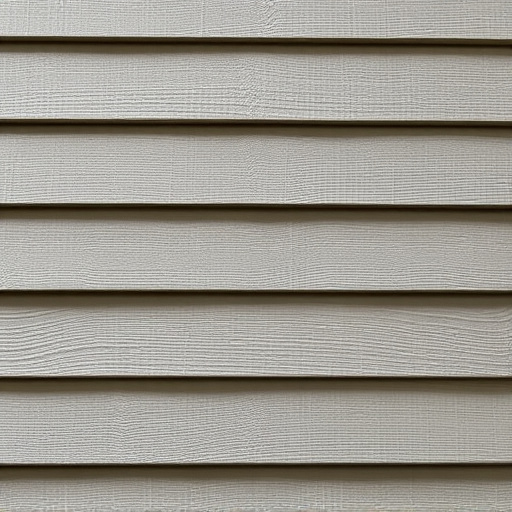
Siding services are crucial for protecting structures from moisture-related damage, pest intrusion,…….

Before installing new siding, clear the work area, protect existing siding, and plan during quiet pe…….

When selecting a siding company, prioritize their expertise through detailed project info, customer…….
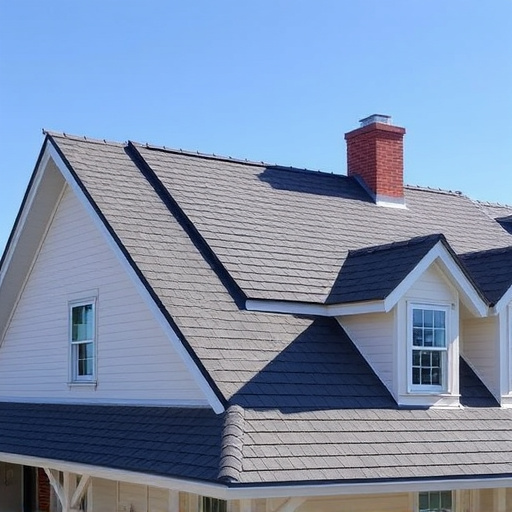
Homeowners hiring a siding contractor should prioritize clear communication, professionalism, and pr…….